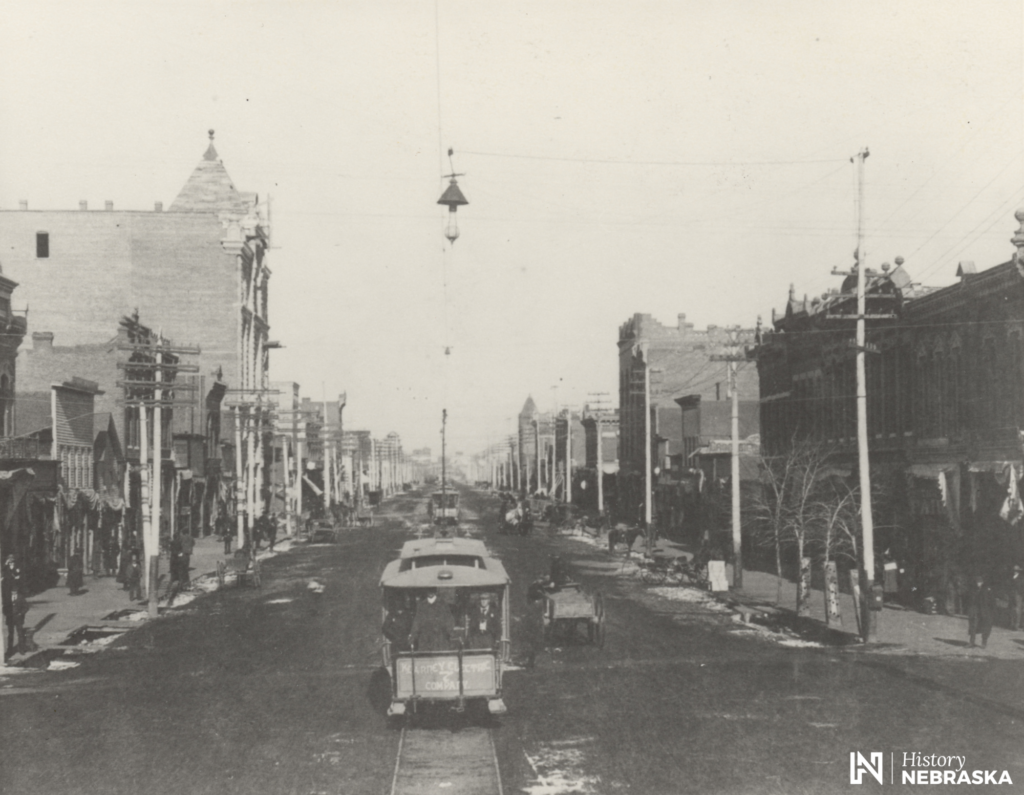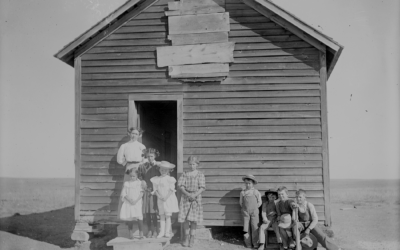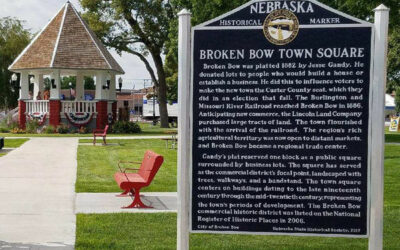Marker Text
In 1847 Brigham Young led the first migration over the Morman Trail along the north bank of the Platte River, and in 1866 the Union Pacific Railroad pushed its main line westward to this valley, bringing pioneer settlers. However, it was not until 1871 when the Burlington & Missouri River Railroad fixed the junction point of its line with the Union Pacific that a townsite was established here. The village of Kearney Junction was platted in the summer of 1871 and the junction of the two railroads was completed on September 18, 1872. In the fall of 1873, a bridge was completed across the Platte, connecting Kearney with the rapidly developing areas to the south. The City of Kearney was incorporated on December 3, 1873, and became the county seat of Buffalo County in 1874. Kearney developed rapidly as an industrial, agricultural, and cultural center. The railroads and the promise of industry offered by the new Kearney Canal, which was completed in 1886, brought many investors from the East, and by 1892 the population reached the 10,000 mark. This golden era launched the Kearney Cotton Mill, the famed 1733 Ranch, a splendid five-story opera house, and one of the state’s first electric street railways.
Location
City Centennial Park, Kearney. View the marker’s location HERE.




